The top 10 cultural moments of 2015: 1-4 including Adele and Poldark's Aidan Turner
As we near the year’s end, we take stock of 2015 and the events, shows, scenes and performances that had a nation talking
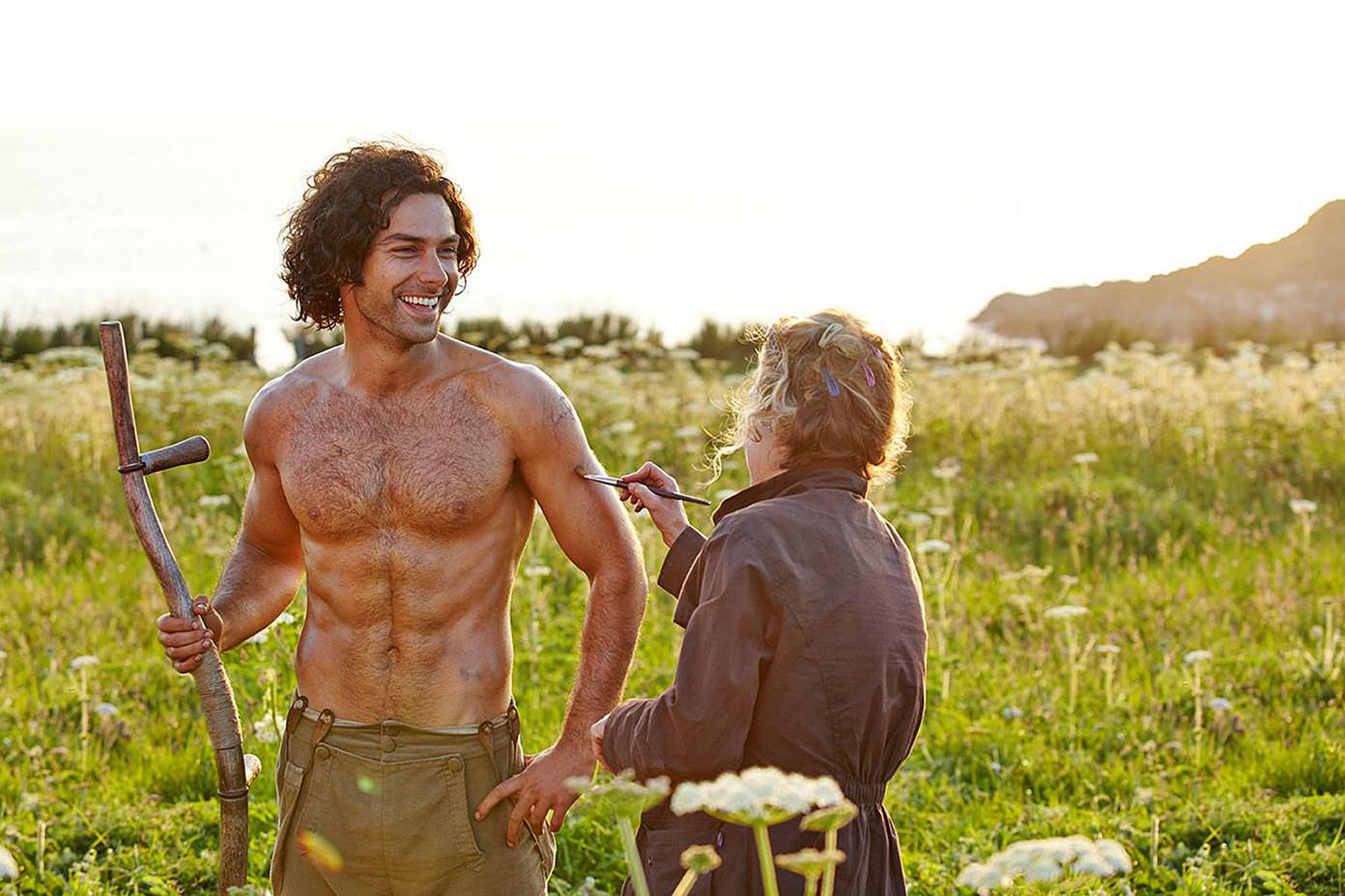
Your support helps us to tell the story
From reproductive rights to climate change to Big Tech, The Independent is on the ground when the story is developing. Whether it's investigating the financials of Elon Musk's pro-Trump PAC or producing our latest documentary, 'The A Word', which shines a light on the American women fighting for reproductive rights, we know how important it is to parse out the facts from the messaging.
At such a critical moment in US history, we need reporters on the ground. Your donation allows us to keep sending journalists to speak to both sides of the story.
The Independent is trusted by Americans across the entire political spectrum. And unlike many other quality news outlets, we choose not to lock Americans out of our reporting and analysis with paywalls. We believe quality journalism should be available to everyone, paid for by those who can afford it.
Your support makes all the difference.1. The return of Adele - Fiona Sturges
“Hello, it’s me,” said Adele, upon her return to the limelight in October. Such sweetly understated first words for a comeback single, but the Tottenham-born singer’s impact has been anything but. She has long been applauded for her reticence as a pop star – she rarely tweets, is seldom seen out on the town and recently won damages from a picture agency, after a paparazzi snapped her taking her son to playgroup – but it hasn’t stopped her from effortlessly topping radio playlists and smashing sales records with her new album, 25.
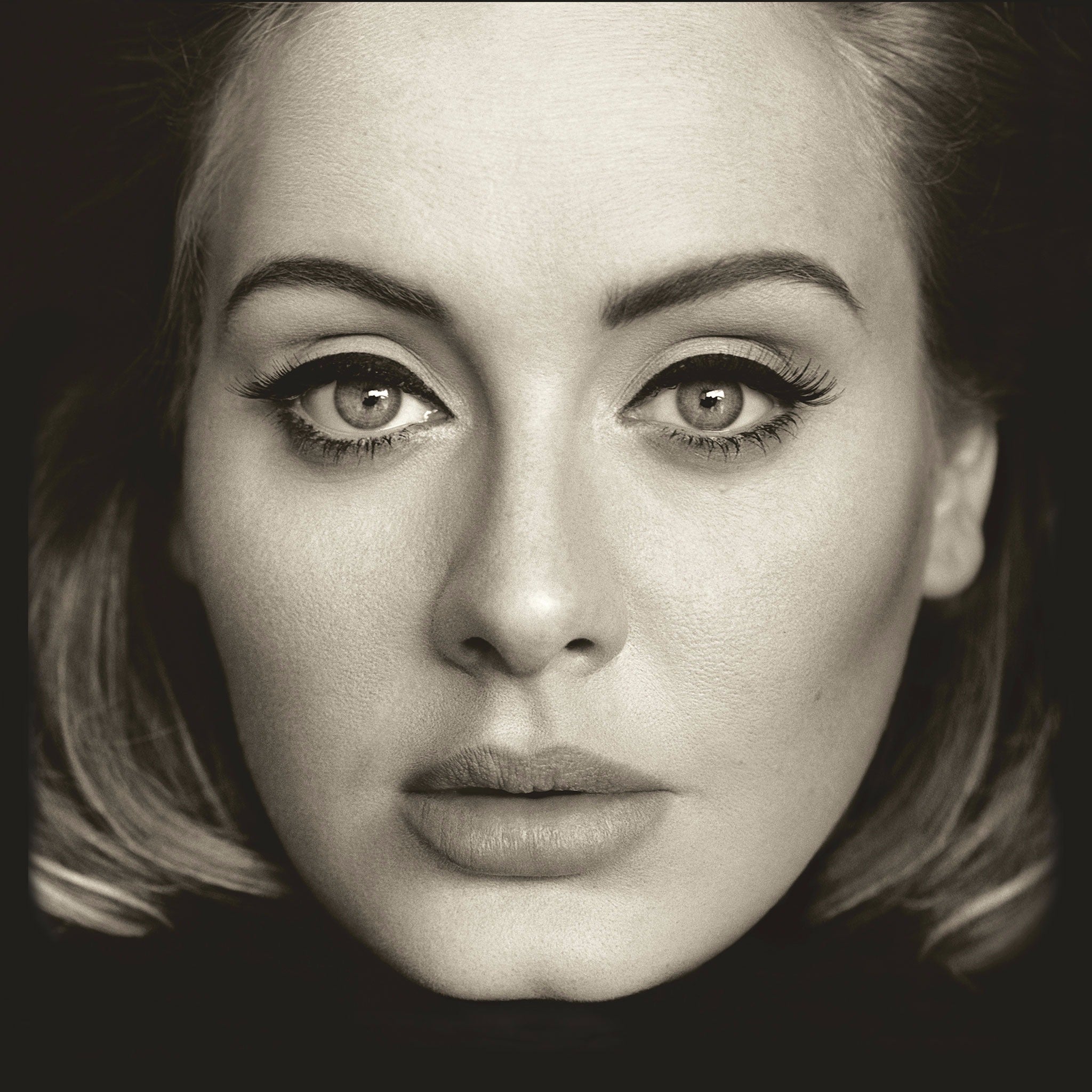
It sold more than a million in the first fortnight in the UK, and just under 4.5 million copies in US. Meanwhile the single “Hello” went straight to No 1 in iTunes in 102 countries, making it the year’s fastest selling single.
Adele’s return after five years is significant not just because she has picked up where she left off, but because she’s running things the old-school way and still winning.
Not only does she believe brand sponsorship is the Devil’s work - hence the antiquated flip-phone in the video to "Hello" - she has, so far, refused to allow 25 to be streamed on Spotify and kept promotional activity to a narrow selection of television shows, among them Saturday Night Live, The Tonight Show starring Jimmy Fallon (on which she sang "Hello" accompanied by classroom instruments) and a one-off special on the BBC. Adele understands the concept of overkill and she's not having it. Though it helps that in her few public appearances, she deploys cheerfully unvarnished and self-deprecating one-liners with an unforced charm that suggests she would be the perfect drinking companion.
In the run-up to her return, industry headlines bellowed that Adele was back to save the music business – a big responsibility to pile on to a young woman just emerging from the fug of new motherhood. But she came good and, crucially, did it on her own terms.
2. Ai Weiwei gets the blockbuster show he deserves - Claudia Pritchard
We’ve all been there – a world leader to entertain and London at your feet: but where to start? The British Museum or V&A, maybe, or one of the outstanding temporary exhibitions of 2015. Your dignitary arrives in October, in time to catch the beautiful, illuminating Barbara Hepworth show at Tate Britain, or the absorbing Goya portraits at the National Gallery.
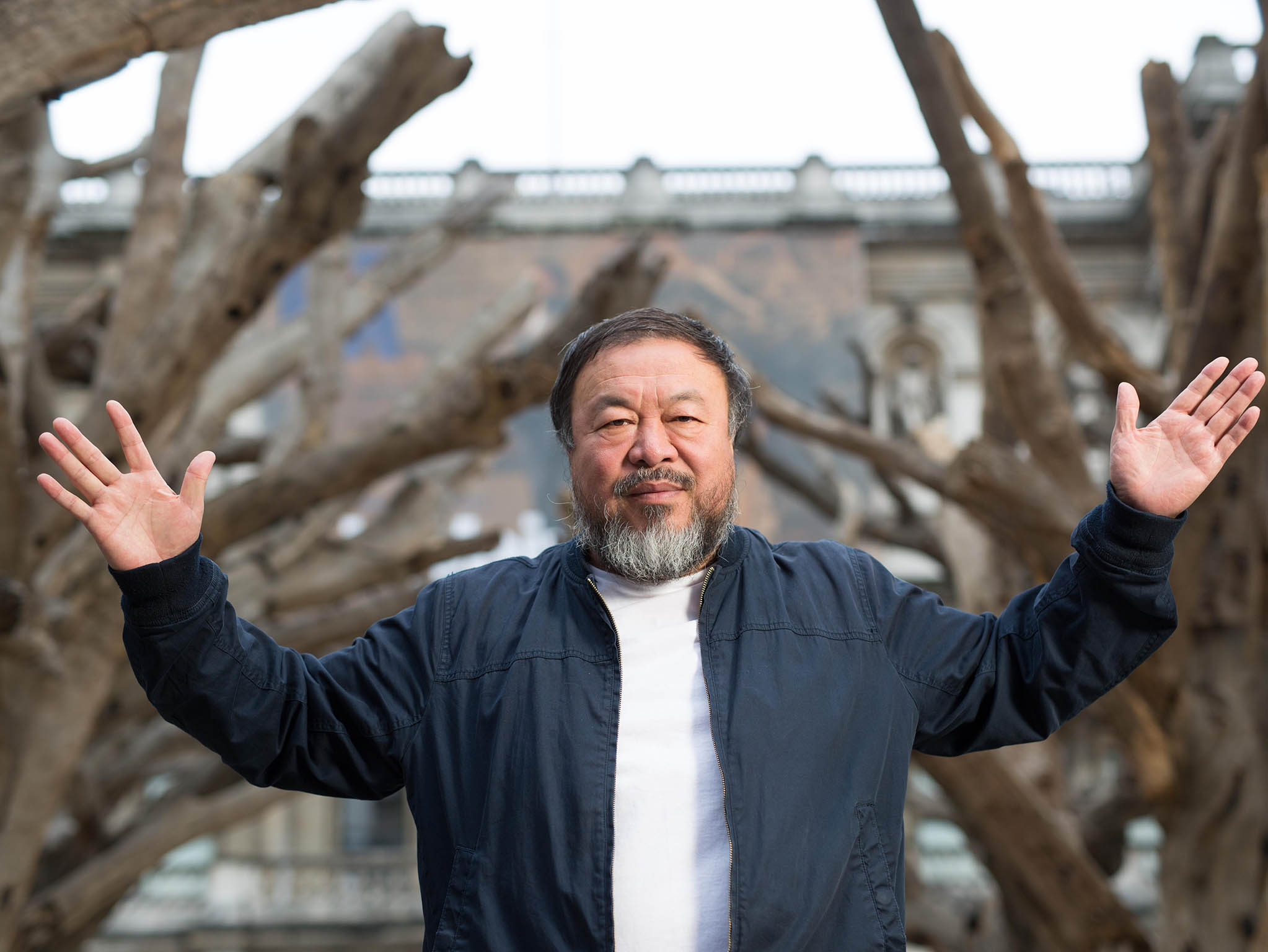
But there is something else, tailor-made – work by your visitor’s own countryman, brilliantly displayed at Britain’s most historic gallery, the Royal Academy.
And in a sensible world, China’s President Xi Jinping would have been taken to Burlington House to see the work of Ai Weiwei. Instead, he was escorted by those noted art historians Prince William and the Duchess of Cambridge around a showcase event featuring Doctor Who, Poldark and Kung Fu Panda.
When an artist is as uncompromisingly political as Ai Weiwei, this absurdity becomes an artwork in itself, like the exhibition’s chilling miniature scenes of Ai’s incarceration – sleeping, eating, abluting.
The snub, or the trepidation of diplomats, was so great as to enhance the stature of Ai’s moving show which drew 10,000 visitors in a single day, and in which the artist, who was imprisoned for criticising China’s regime, never lets up. Straight (2008-12), a memorial to more than 5,000 children killed when 20 schools collapsed in the May 2008 earthquakes, is not merely a monument.
With video footage, the names of the dead and a floor sculpture comprised of thousands of once mangled, now straightened building bars condemn the corrupt practices of those who skimped on materials and allowed the construction of unsafe buildings.
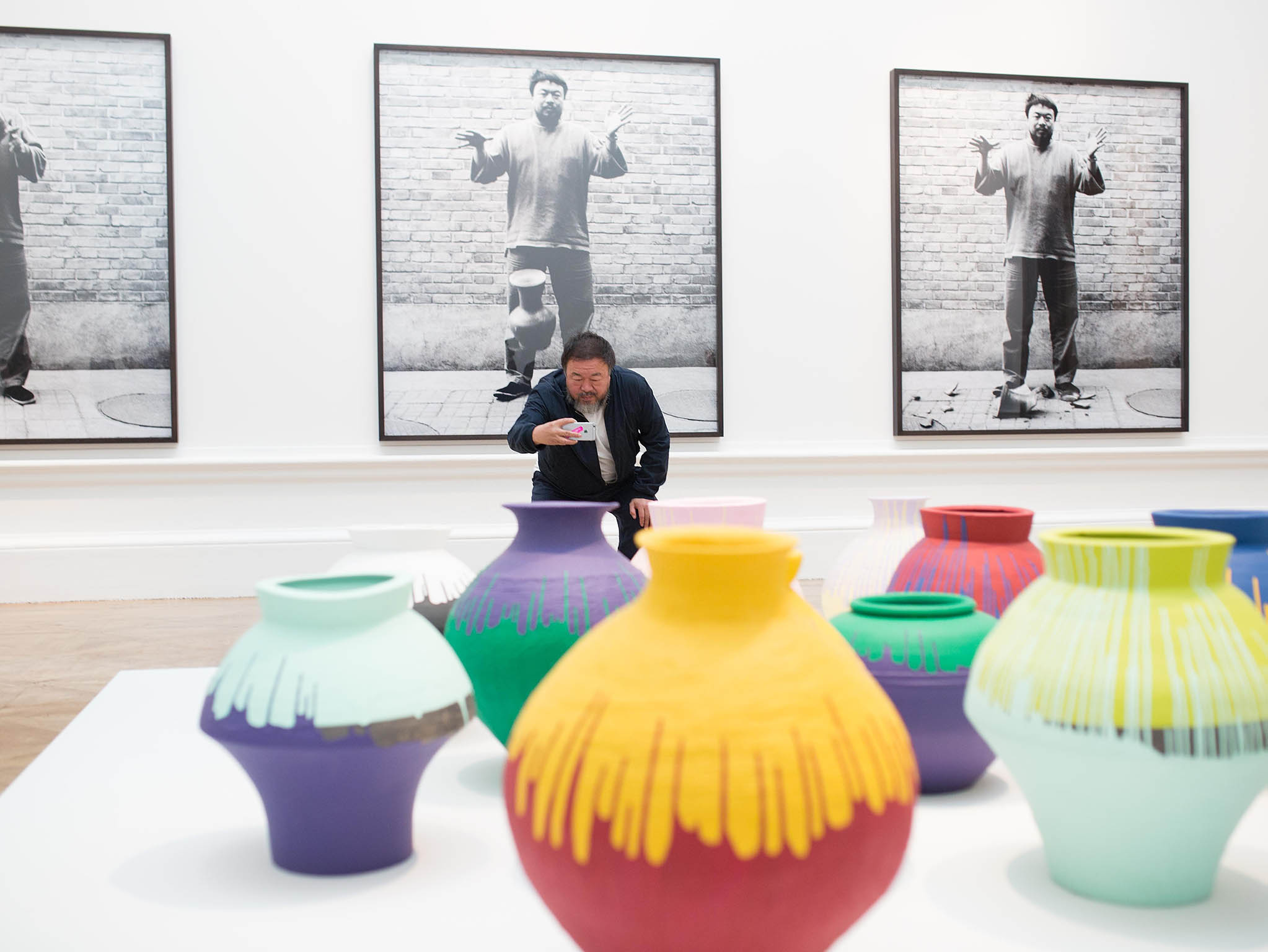
Ai is also capable of beauty and humour. Crystal Cube (2014) delighted and baffled with its optical illusions, while symbolising, in a room of square-metre cubes (ebony, tea-leaves, marquetry), construction and trade – just like the state visit.
In a turbulent world, this show stood out by fearlessly championing the persecuted and voiceless. We know what happens when those people are ignored.
3. That scything scene - Hugh Montgomery
There are two truths universally acknowledged about the 21st century TV fan. First, we’re intellectually deep – because television is the new novel, y’know? And second, that we’re atomised, as we huddle up in bed with our laptops and Netflix subscriptions. It’s strangely reassuring then that 2015’s most significant small-screen event was an expression of shared shallowness – or, more specifically, a collective pant that resounded through the spring.
On paper, the BBC’s reboot of its creaky 1970s Cornish melodrama Poldark screamed “Sunday night stopgap” but it turned out to be a Downton-level blockbuster: beautifully calibrated tosh in which ruddy-faced West Country yokeldom was blended with just the right amount of glamour.
The key to the latter was Aidan Turner’s Ross Poldark, a man with a highly developed social conscience and even more developed chest muscles. That cocktail led to mild frothing in episode 2, as he skinny-dipped in the distance, followed by full-on lechery the next week, as Cap’n Ross went for a casual morning shirtless scythe.
The show’s most glaring anachronism was that this body spoke not of pasties, flagons of ale and swashbuckling but grilled chicken, protein shakes and personal trainers. Not that anyone cared: truly, this right-on proto-spornosexual was a hero for our times.
Suddenly, a pair of pecs thrust their way to the top of the news agenda. Amid the frenzy, it was as if Aidan Turner stripped to the waist was Year Zero for human sexuality: journalists spluttered out words on anything from masculinity to scything techniques, to give their papers a reason to reprint a picture of Turner in his finely spritzed glory (see above). And the question nagged: was all this Poldark perving wanton objectification-cum-reverse-sexism, or actually rather quaint: a taste of more innocent days when a mere flash of torso passed as risque?
Meanwhile programme producers and Turner affected surprise at the commotion while co-star Heida Read went so far as to complain that it “undermines the show”. We can only assume the Beeb will do the artistically honourable thing, therefore, and keep this frightful scene-stealer out of sight come series two.
4. The Doof Warrior Turns ‘Mad Max: Fury Road’ up to 11 - Nicholas Barber
Mad Max: Fury Road opens with a shot of Tom Hardy eating a two-headed lizard, but, even then, you can still just about convince yourself that you’re watching a common-or-garden action movie. Half an hour later, you can’t. By this point, Charlize Theron’s crewcut cyborg has rescued a bevy of models from a mutant tyrant’s harem, and they’re being chased across a post-apocalyptic desert by a convoy of drag racers and monster trucks.
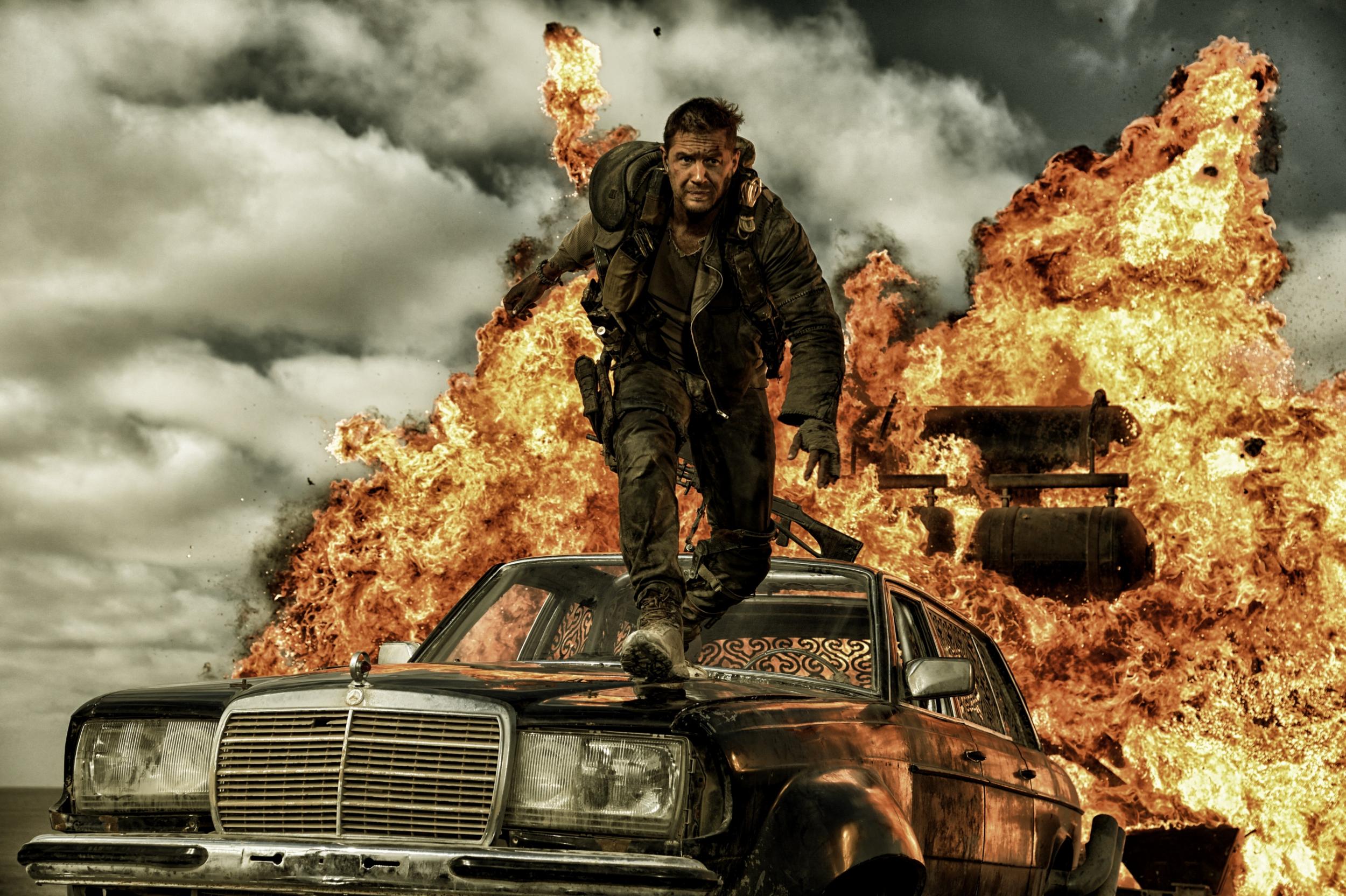
It is one of these trucks that establishes what kind of film Mad Max: Fury Road really is. On the back, four hooded slaves are bashing huge Japanese drums. In front of them is a towering wall of loud speakers. And in front of the speakers, attached to the truck by bunjee ropes, is a frenzied ghoul in a mask and red jumpsuit who is playing speed-metal riffs on a flame-throwing double-necked guitar.
Ladies and gentlemen, meet “The Doof Warrior”.
Now that science-fiction blockbusters are Hollywood’s favourite product, even the best of them tends to be committee-approved, family friendly, CGI-dependent affairs, but The Doof Warrior suggested, exhilaratingly, that Mad Max: Fury Road would be something else: a gloriously idiosyncratic midnight movie full of bizarre characters and unfaked stunts. So it proved.
The 70-year-old George Miller may have returned to the Mad Max franchise after three decades – raising all sorts of Prometheus, Phantom Menace, and Crystal Skull-shaped warning flags – but he had the delirious vision and unflagging energy to top the three previous films in the series. His lead actors helped, of course.
Hardy (left) took possession of the title role with his wounded-animal intensity, and Theron’s dogged action heroine ensured that a cartoonish demolition derby was also a feminist fable. But the Doof Warrior was as memorable as either of them.
Mad Max: Fury Road didn’t just march to the beat of a different drum, but four different drummers, and a different guitarist to boot.
Join our commenting forum
Join thought-provoking conversations, follow other Independent readers and see their replies
Comments